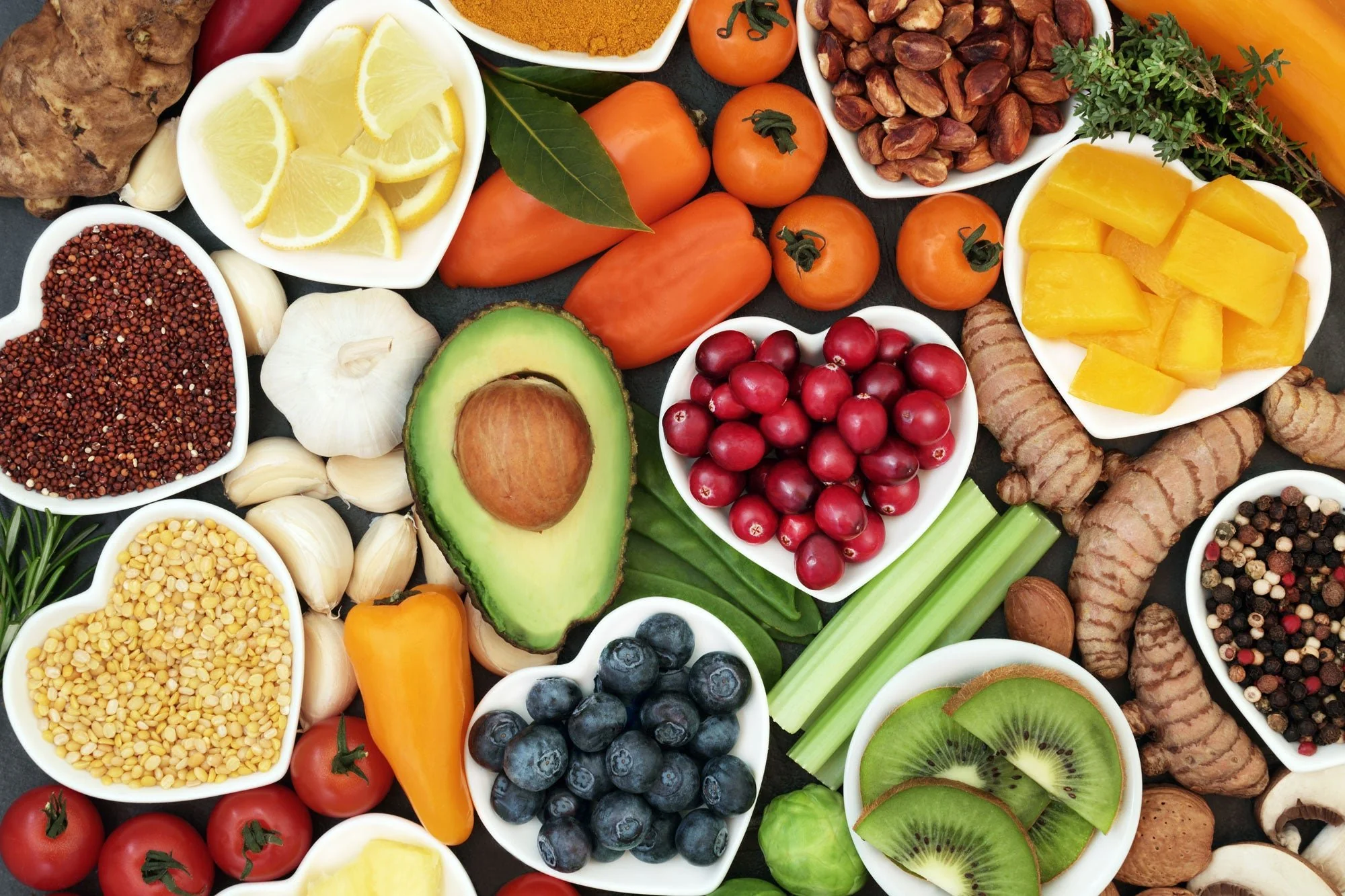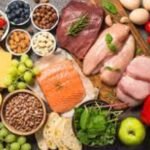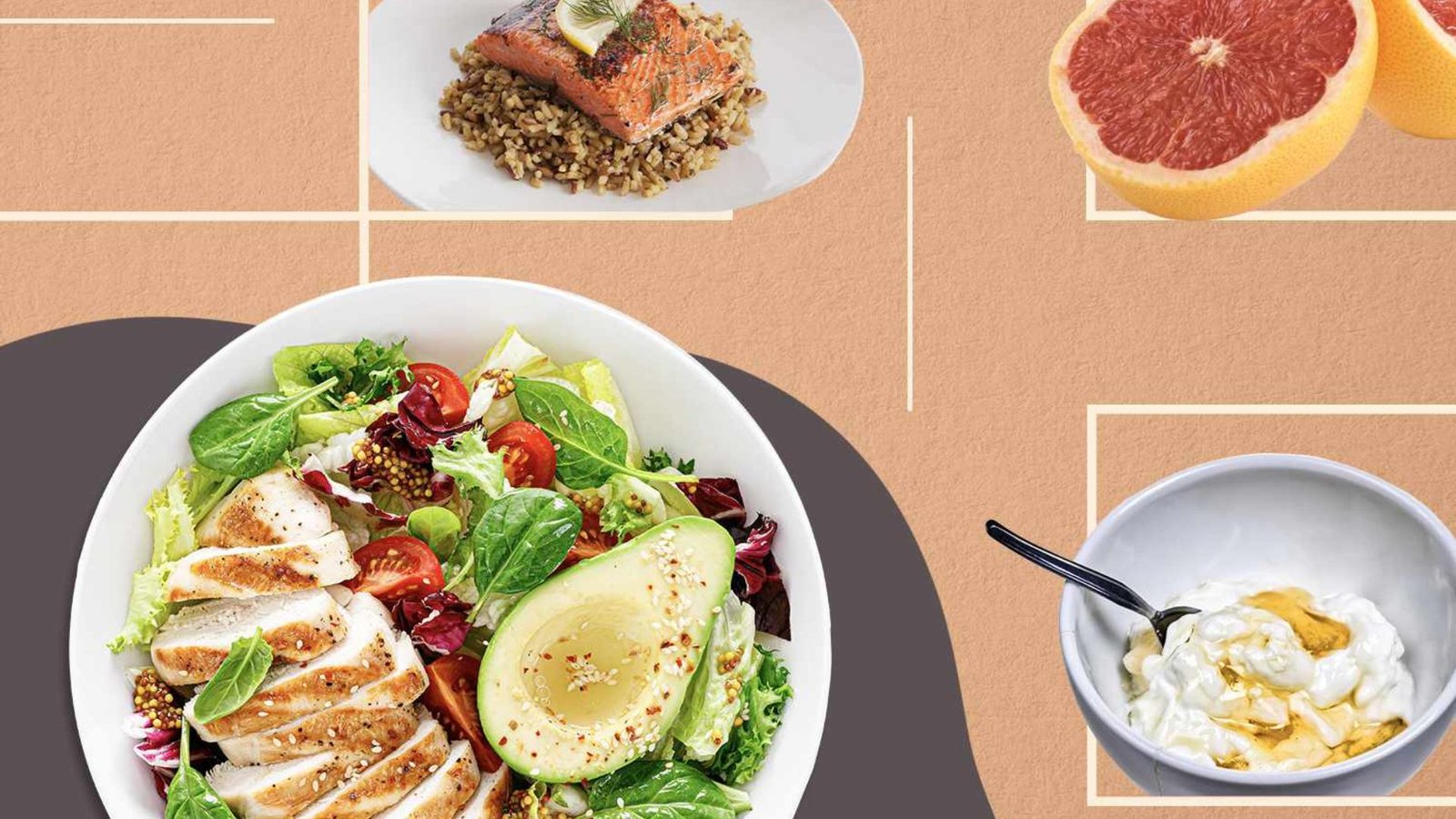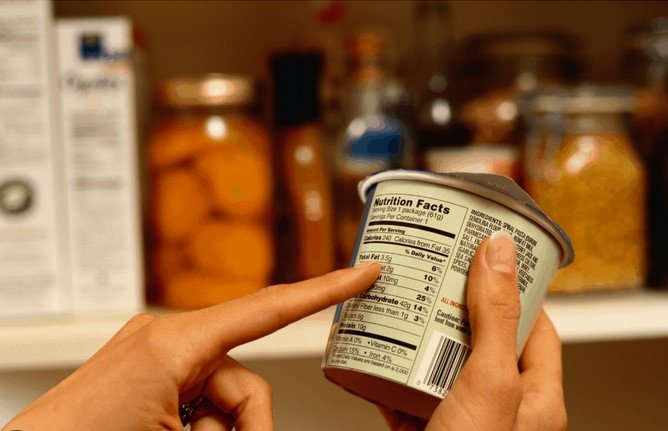Eating a balanced diet rich in vitamins and minerals is essential, but are you really getting the most out of the food you eat? The process of nutrient absorption—how your body breaks down and absorbs nutrients—determines the actual benefits you receive. If absorption is inefficient, even a nutrient-dense meal can fall short.
In this article, we’ll explore the science behind nutrient absorption, factors that affect it, and actionable tips to ensure your body absorbs the maximum benefits from every bite.
1. Understanding Nutrient Absorption
Nutrient absorption happens primarily in your small intestine after food has been digested in the stomach. Key players in the process include:
- Enzymes: Break down macronutrients (carbs, proteins, fats) into absorbable components.
- Microvilli: Tiny finger-like projections in the small intestine that absorb nutrients into the bloodstream.
From there, nutrients are transported to various cells for energy, growth, and repair. However, several factors, from food combinations to gut health, can influence how efficiently your body absorbs these nutrients.
2. Factors That Affect Nutrient Absorption
1. Food Combinations
Certain nutrients are better absorbed when paired with specific foods. For example:
- Fat-soluble vitamins (A, D, E, K): Require healthy fats (e.g., avocado, olive oil) for absorption.
- Iron: Absorbs better with vitamin C (e.g., spinach + lemon juice).
2. Digestive Enzymes
Without proper enzymes, macronutrients cannot be broken down effectively.
- Lactase: Breaks down lactose in dairy products.
- Protease: Breaks down proteins into amino acids.

3. Gut Health
A healthy gut microbiome promotes efficient nutrient absorption. Poor gut health (e.g., from processed foods or antibiotics) can disrupt digestion.
4. Nutrient Bioavailability
Some nutrients are naturally more bioavailable (easier to absorb) than others. Cooking, processing, and preparation methods also play a role.
- Cooked spinach has higher bioavailable iron than raw spinach.
- Soaking beans and grains reduces anti-nutrients like phytic acid, which inhibit absorption.
5. Medications and Lifestyle
- Certain medications (like antacids) can reduce stomach acid, impairing nutrient absorption.
- Stress, alcohol, and smoking negatively impact digestion and nutrient uptake.
3. Tips to Maximize Nutrient Absorption
1. Pair Foods for Synergy
Combining the right foods can significantly boost nutrient absorption:
- Pair iron-rich foods (e.g., lentils, leafy greens) with vitamin C sources (e.g., citrus fruits, bell peppers) to increase iron uptake.
- Combine healthy fats (e.g., nuts, avocado) with fat-soluble vitamins (e.g., carrots for vitamin A) to enhance absorption.
Example Meal: Spinach salad with avocado, lemon dressing, and grilled chicken.
2. Optimize Cooking Methods
Certain nutrients are better absorbed when cooked, while others degrade:
- Steam or sauté vegetables like carrots, broccoli, and tomatoes to release antioxidants like beta-carotene and lycopene.
- Avoid overcooking leafy greens, as excessive heat can destroy water-soluble vitamins (C and B).
3. Improve Gut Health
Your gut health directly impacts nutrient absorption. To promote a healthy gut:
- Eat probiotic-rich foods: Yogurt, kefir, sauerkraut, kimchi, and miso improve the gut microbiome.
- Add prebiotic foods: Garlic, onions, bananas, and oats feed healthy gut bacteria.
- Stay hydrated: Water aids digestion and nutrient transport.
4. Chew Your Food Thoroughly
Digestion begins in the mouth. Chewing breaks food into smaller particles and mixes it with saliva, which contains digestive enzymes. This makes it easier for your stomach and intestines to extract nutrients.
Tip: Aim to chew each bite 15–20 times before swallowing.
5. Time Your Nutrient Intake
Some nutrients compete for absorption when consumed together:
- Avoid taking calcium and iron supplements at the same time, as they inhibit each other’s absorption.
- Consume water-soluble vitamins (like B and C) throughout the day, as your body doesn’t store them.
6. Address Nutrient Inhibitors
Certain compounds can block nutrient absorption:
- Phytates and oxalates in beans, nuts, and spinach bind to minerals like iron and calcium. Solution: Soak, ferment, or cook these foods.
- Tannins in tea and coffee interfere with iron absorption. Solution: Drink them between meals.
7. Balance Fiber Intake
While fiber is essential for digestion, too much fiber can bind to nutrients and prevent absorption.
- Balance high-fiber foods (e.g., whole grains, legumes) with nutrient-dense meals.
- Avoid excessive fiber supplementation.
8. Include Healthy Fats
Fat-soluble vitamins (A, D, E, K) require dietary fat to be absorbed effectively.
Sources of Healthy Fats: Olive oil, nuts, seeds, avocado, and fatty fish.
Tip: Drizzle olive oil over steamed vegetables or add avocado to salads.
4. Common Myths About Nutrient Absorption
Myth 1: “Raw vegetables are always healthier.”
Truth: While raw veggies retain water-soluble vitamins, cooking increases the bioavailability of some nutrients (e.g., lycopene in tomatoes).
Myth 2: “Taking supplements guarantees absorption.”
Truth: Supplements can help, but your body absorbs nutrients better from whole foods due to natural synergies.
Myth 3: “More is better.”
Truth: Excessive nutrient intake (especially fat-soluble vitamins) can lead to toxicity. Balance is key.
5. Final Thoughts: Fuel Your Body Wisely
Optimizing nutrient absorption is about more than just what you eat—it’s about how you eat and treat your body. By combining foods wisely, improving gut health, and making mindful dietary choices, you can unlock the full potential of your meals.
Remember: It’s not just about eating nutrient-dense foods, but ensuring your body gets the most out of every bite. Small changes can lead to better digestion, improved energy, and enhanced overall health.











